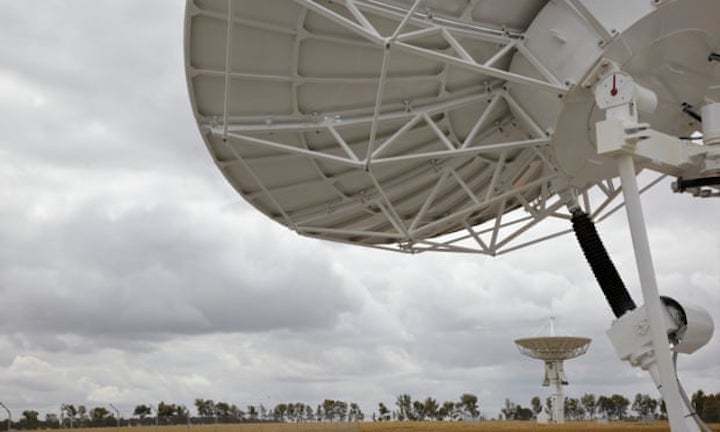China will lose access to a strategic space tracking station in Western Australia when its contract expires, the facility’s owners said, a decision that cuts into Beijing’s expanding space exploration and navigational capabilities in the Pacific region.
The Swedish Space Corporation (SSC) has had a contract allowing Beijing access to the satellite antenna at the ground station since at least 2011. It is located next to an SSC satellite station primarily used by the United States and its agencies, including Nasa.
The Swedish state-owned company told Reuters it would not enter into any new contracts at the Australian site to support Chinese customers after its current contract expires. However, it did not disclose when the lease runs out.
“Given the complexity of the Chinese market, brought about by the overall geopolitical situation, SSC has decided to focus mainly on other markets for the coming years,” the SSC said in an emailed response to questions.
The site is owned by SSC subsidiary, SSC Space Australia.
The Australian government did not immediately respond to questions on Monday.
The Chinese foreign ministry did not immediately respond to a request for comment.
The expansion of China’s space capabilities, which includes the growing sophistication of its Beidou navigation network, is one of the new frontiers of tension between the US and China, who are clashing on everything from technology and trade to Chinese activities in the disputed South China Sea.

